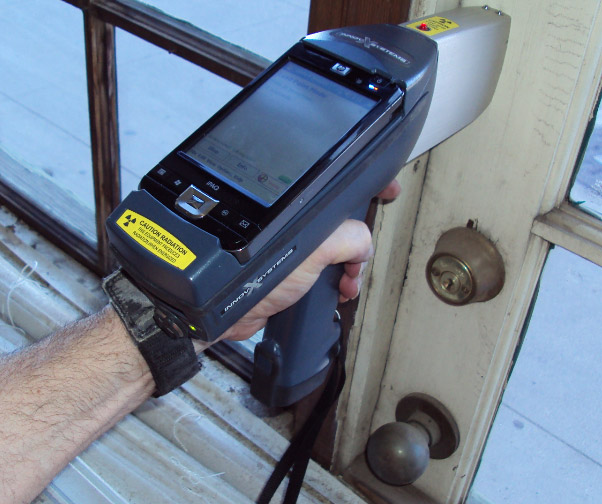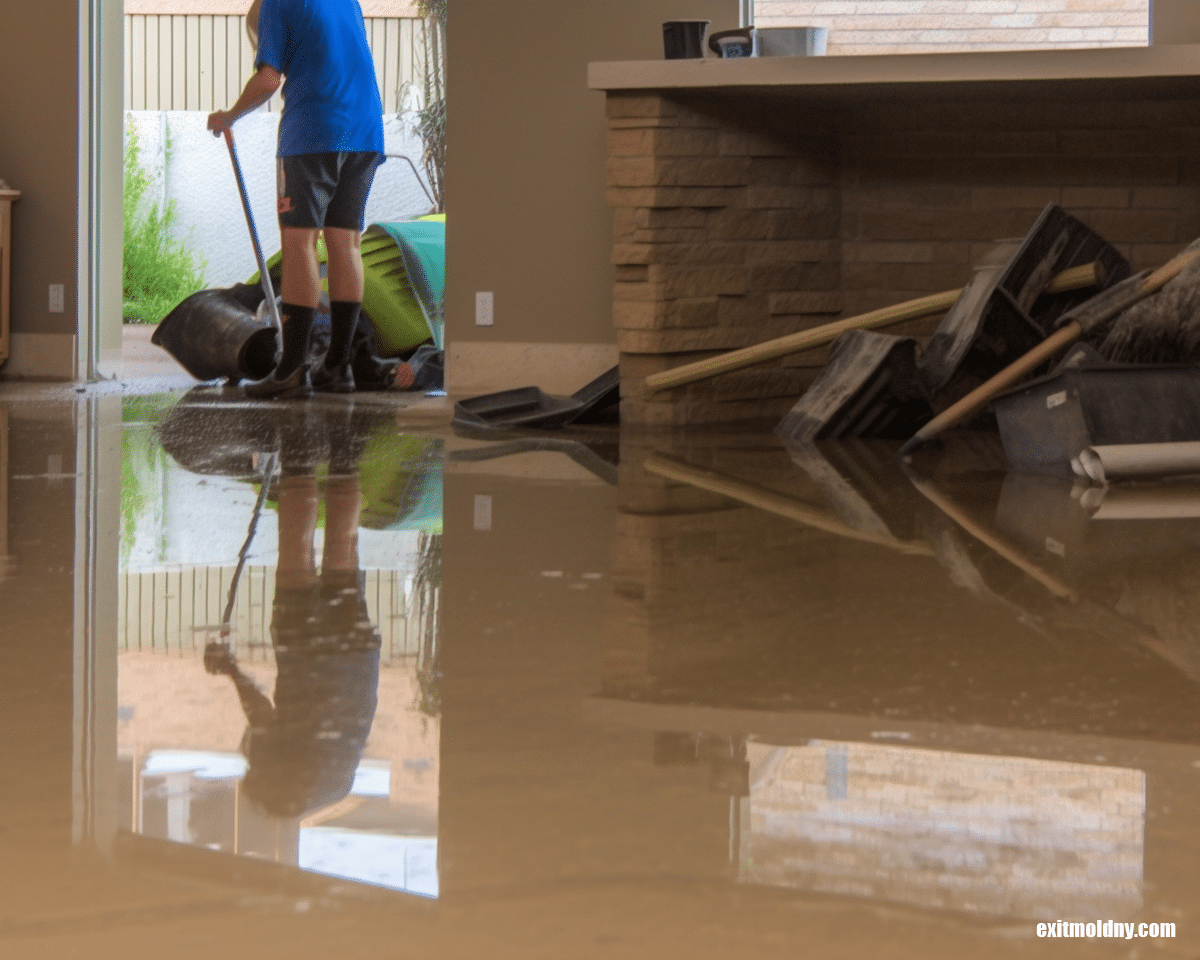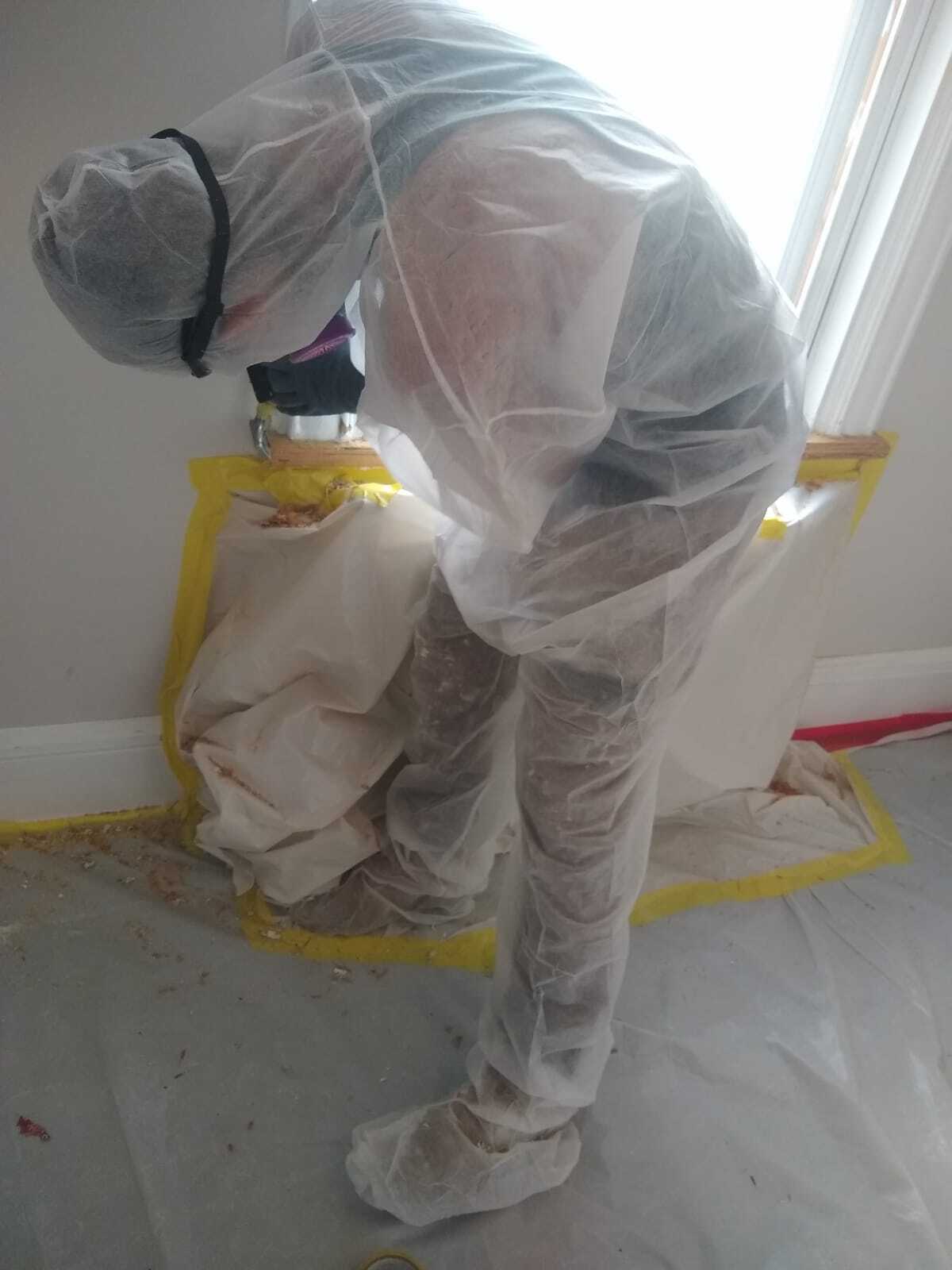DOH & HPD Lead Violation Removal NYC-- Professional Providers for Conformity
DOH & HPD Lead Violation Removal NYC-- Professional Providers for Conformity
Blog Article
Finest Practices for Ensuring Safe and Complete Lead Violation Abatement
Dealing with lead violation abatement calls for a multi-faceted approach to make sure both security and compliance. It's the final clearance procedure, involving thorough examinations and lab screening, that truly confirms a lead-free setting, guaranteeing long-lasting safety and security. Exactly how do these methods adjoin to assure extensive lead reduction?

Initial Assessment
Performing a first analysis is a crucial primary step in lead offense reduction. This phase encompasses a comprehensive assessment of the building to recognize the presence, level, and particular areas of lead-based threats. Qualified professionals, such as qualified lead assessors or run the risk of assessors, need to perform a comprehensive website examination, utilizing tools like X-ray fluorescence (XRF) analyzers to precisely identify and gauge lead concentrations in paint, dirt, dirt, and water.
The assessment must likewise include a testimonial of the building's background, previous reports, and any grievances or wellness issues reported by passengers - Lead Removal Contractors. Documenting the findings diligently is crucial, as these documents form the basis for creating a reliable reduction strategy. A detailed analysis likewise entails sampling and research laboratory evaluation, which are essential to verify the existence of lead and guide succeeding actions
In addition, it is necessary to communicate the outcomes transparently to all stakeholders, consisting of homeowner, occupants, and governing authorities. By making sure that the first assessment is conducted with accuracy and rigor, experts can lay a strong structure for a targeted and efficient lead reduction process, ultimately protecting public health and wellness and making certain conformity with governing standards.
Proper Control
Correct control is essential to stop the spread of lead contaminants during abatement tasks. Effectively handling control minimizes the danger of lead dirt and debris moving to non-work areas, thereby securing both the environment and individuals outside the instant job zone. To attain correct containment, a closed obstacle of plastic bed linen must be developed around the workspace, ensuring all joints and sides are safely sealed. Lead Removal Contractors. This barrier needs to prolong from floor to ceiling and be taped down to stop any leakages.

Regular inspections of the containment location are needed to inspect for breaches or weaknesses in the obstacle. Any kind of determined concerns ought to be promptly a fantastic read dealt with to keep the stability of the containment. By adhering to these methods, abatement tasks can efficiently control lead contamination and minimize associated health and wellness threats.
Worker Security
Making certain worker security is extremely important during lead abatement jobs to stop job-related exposure to dangerous lead bits. Crucial procedures include using individual protective devices (PPE) such as respirators, handwear covers, and full-body matches especially developed to block lead dirt and fumes. Employees should undertake thorough training on the correct use and maintenance of PPE, including fit testing for respirators to make sure optimum effectiveness.
Engineering controls, such as regional exhaust ventilation systems, are important in minimizing airborne lead concentrations in the work environment. Administrative controls ought to likewise be straight from the source carried out, consisting of restricting the duration of exposure and turning workers to decrease private exposure times. Regular medical surveillance and biological monitoring are essential for early detection of lead absorption, enabling timely treatment and therapy.
In addition, developing a purification procedure is important. Workers must comply with strict purification procedures before breaks and at the end of their change to stop lead dirt from being brought outside the work area. This consists of detailed hand and face cleaning with lead-specific cleaner and changing out of infected garments.
Precise Cleanup
Keeping a secure work environment expands beyond worker defense and encompasses meticulous cleaning to make sure lead particles are extensively eliminated from the site. The procedure of precise cleanup is essential in stopping the recontamination of the eased off location and securing both existing and future passengers.
To achieve a thorough cleanup, all workplace have to be systematically sanitized. This involves using specialized HEPA (High-Efficiency Particulate Air) hoover and wet-wiping techniques to catch and get rid of fine lead dirt that might have chosen surface areas. It is necessary to clean all straight surface areas, including floorings, home window sills, and counter tops, along with vertical surfaces that may have entraped lead particles.
Workers have to wear suitable individual safety equipment (PPE) throughout cleaning to avoid exposure to recurring visit this website lead dirt. Used cleaning products such as wipes, sponges, and wipe heads should be thrown away based on dangerous waste disposal guidelines.

Final Clearance
Last clearance is the crucial ending stage of lead reduction that establishes whether the website is secure for reoccupation. This essential action entails detailed assessment and screening to confirm that all lead risks have been effectively eliminated.

Final clearance screening not only protects future owners however likewise ensures conformity with regional, state, and federal laws. Additionally, it works as a documented recognition of the abatement contractor's adherence to sector best techniques. Making certain a complete and successful last clearance is vital in protecting public health and promoting count on the reduction process.
Final Thought
Ensuring risk-free and extensive lead violation abatement demands a diverse strategy encompassing preliminary assessments with sophisticated discovery methods, efficient control strategies, rigid employee protection procedures, and thorough cleanup treatments. The last clearance stage, featuring in-depth examinations and laboratory testing, is critical to confirm compliance with EPA requirements. Adherence to these ideal techniques guarantees a risk-free atmosphere for residents, mitigates health risks, and upholds regulative needs, therefore promoting public health and safety in lead-affected areas.
Report this page